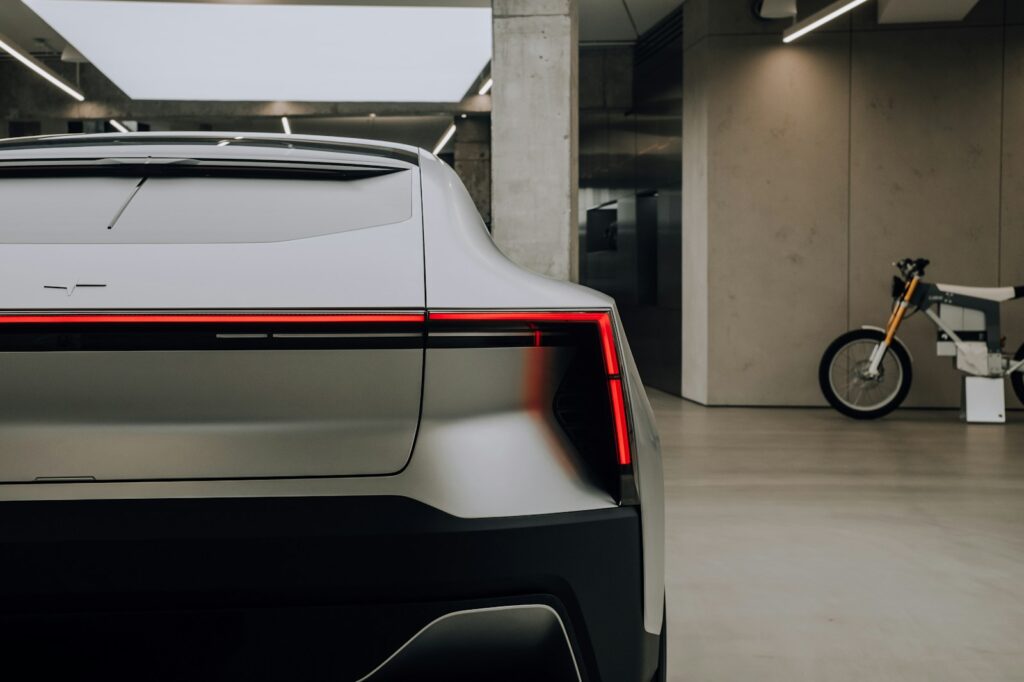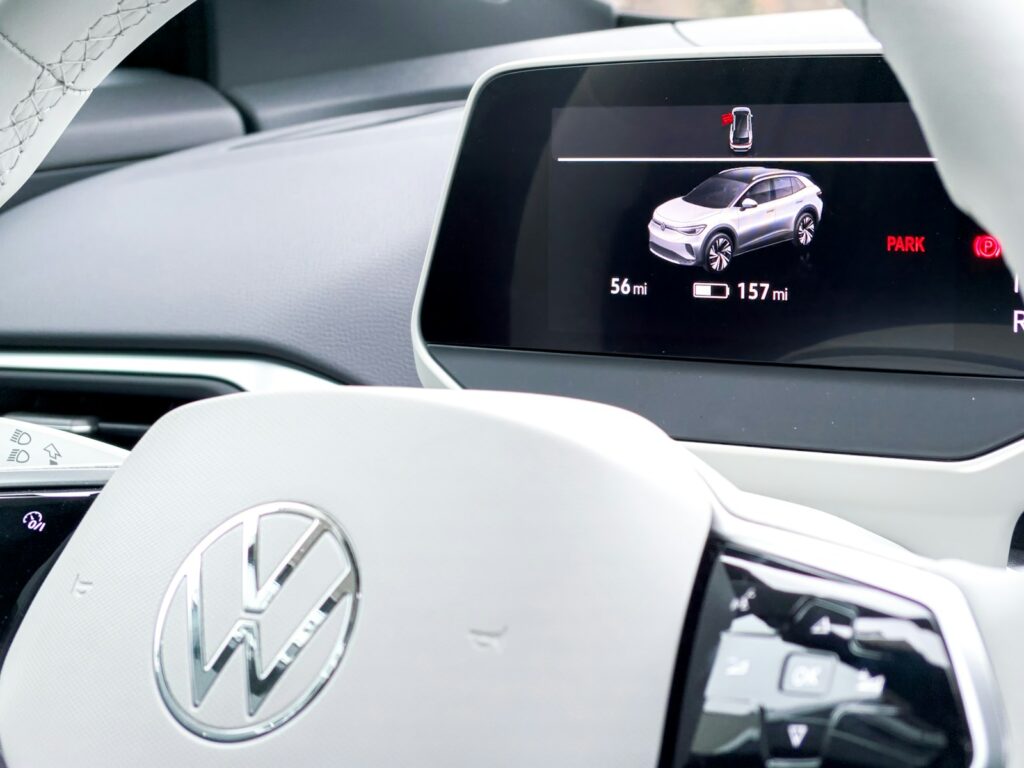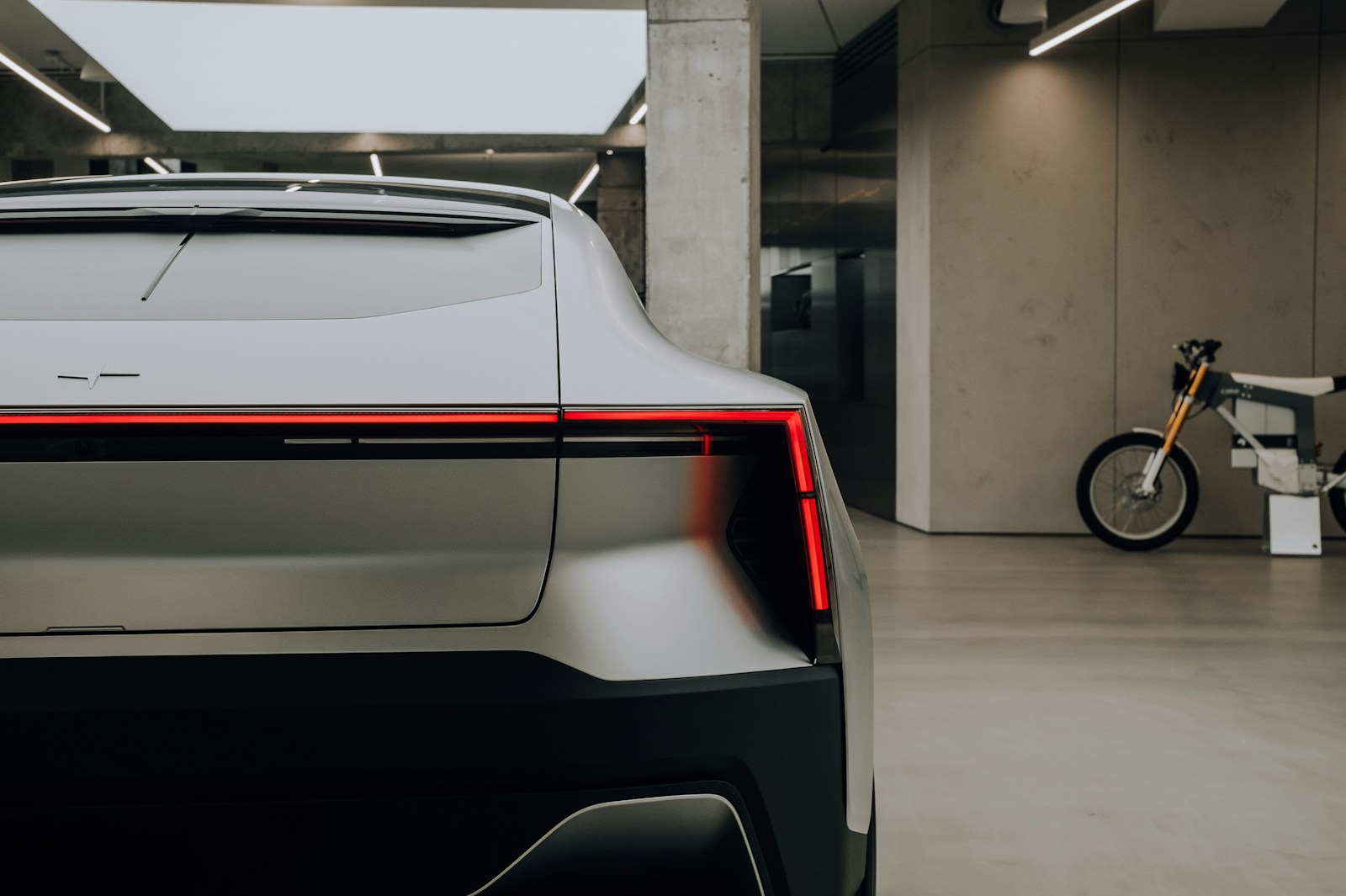5G and Its Impact on Automotive Technology
In an era where seamless connectivity and cutting-edge technology are not just ingredients for success but also becoming an existential necessity, 5G mobile networks stand out as a game-changer. With its potential to revolutionize multiple industries, the automotive sector is among the most poised to capitalize on 5G’s virtues. From enhancing safety to redefining in-car experiences, the integration of 5G in automotive technology heralds a new age of smart mobility.
In this in-depth exploration, we will dissect the multi-faceted impact of 5G on automotive technology, examining how this new connectivity standard is altering traditional paradigms and catalyzing innovative applications that will shape our experiences on the road.

Enhanced Connectivity in Vehicles
The backbone of 5G is its supercharged connectivity, offering speeds that are multiple folds faster than 4G. This prowess is more than just a bragging right; it’s a critical component that enables a slew of applications within vehicles and in their immediate environment.
Low Latency Communication
One of the most significant benefits of 5G for the automotive industry is its low latency. Latency refers to the time it takes for data to travel from its source to its destination. For vehicles, especially those in high-speed scenarios or involved in V2X (Vehicle-to-Everything) communication, low latency can mean the difference between a near-miss and a collision.
With 5G, vehicles can communicate with each other and with infrastructure nearly in real time, laying the foundation for advanced driver assistance systems (ADAS) that rely on split-second decisions.
V2X Communication for Improved Safety and Efficiency
V2X is an omnidirectional communication standard where vehicles, pedestrians, and the broader transportation infrastructure exchange data. 5G elevates V2X to new heights by enabling a robust and dynamic channel for this communication.
A prime example is traffic signal data that can be transmitted via 5G to inform drivers of optimal speed to encounter green lights, reducing congestion and improving fuel efficiency. Additionally, V2X can alert drivers to the presence of emergency vehicles or pedestrians, even when out of their line of sight.
Autonomous Driving Capabilities
While fully autonomous vehicles are still in their nascent stage, 5G is an integral piece of the puzzle in making this concept a reality.
Data Processing and Real-Time Decision-Making
Autonomous vehicles are data powerhouses, constantly collecting and synthesizing vast amounts of information to make split-second decisions. At the heart of this system is AI, which becomes more potent with faster data transmission and processing.
5G’s high speeds allow these vehicles to leverage cloud computing for complex data analytics and machine learning models, thereby enhancing their ability to ‘see’ and ‘think’ like a human driver.
Enhanced Navigation and Predictive Maintenance
Traditional GPS systems are quite accurate, but they have their limitations. 5G’s accuracy coupled with its ability to deliver high-definition maps in real time enables precise navigation, down to centimeters.
Furthermore, 5G facilitates predictive maintenance by constantly monitoring a vehicle’s condition in real time. This means that cars can notify service centers when they require maintenance before a failure occurs, reducing the chances of a breakdown.

In-Vehicle Entertainment and Connectivity
The way we entertain ourselves on the road is also experiencing a 5G facelift, allowing for on-the-go pleasures that were previously only the domain of stationary lifestyles.
Streaming Services and Cloud-Based Features
5G turns vehicles into mobile entertainment hubs, with the ability to stream high-definition content seamlessly. Cloud gaming, which requires neither hefty local processing nor a persistent internet connection, is one such manifestation that is likely to gain traction.
Additionally, with cloud-based features, automotive software and entertainment systems can be updated over-the-air, ensuring that vehicles remain current with the latest apps and functionalities.
Interactive Interfaces and Personalized Experiences
Gone are the days of static infotainment systems; 5G enables interactive interfaces that can be customized to individual preferences. Touch screens that respond as instantly as a smartphone, or voice assistants that understand and respond to natural language, are all made possible by 5G’s rapid connectivity.
Such personalization extends beyond infotainment to other aspects of the vehicle, including seating, lighting, and climate control, offering an experience as unique and tailored as the driver.
Cybersecurity and Data Privacy Concerns
With the increased connectivity of vehicles, the topic of cybersecurity and data privacy has never been more critical.
Vulnerabilities in Connected Vehicles
The more ‘online’ a vehicle is, the more it is at risk of cyber-attacks. 5G-connected vehicles must be fortified against unauthorized access and malicious manipulation of their systems.
Ongoing monitoring and preemptive security measures, such as regularly updating software and firmware to patch vulnerabilities, are paramount. Additionally, collaboration across the industry is crucial in developing robust security standards.
Privacy Implications and Data Protection Measures
The data that connected cars generate and transmit is a treasure trove for manufacturers, service providers, and potentially hackers. There is an ethical obligation to secure and respect the privacy of this data.
Encryptions and anonymization techniques are used to protect user data, and many jurisdictions require consumer consent for data collection and usage. Manufacturers and service providers are also increasingly transparent about their data practices.
Future Prospects and Industry Innovations
The amalgamation of 5G and automotive technology is a hotbed for innovation, with endless potential applications that are just beginning to be explored.
Collaborations Between Tech and Automotive Companies
Collaborations between tech giants and automotive manufacturers are on the rise, with the goal of creating a seamless, connected automotive experience. Joint ventures allow disparate industries to leverage each other’s strengths in software, hardware, and networking.
Partnerships often lead to breakthroughs in autonomous driving, V2X communication, and user interface design, pushing the boundaries of what’s possible.
Potential for Smart Cities Integration and Traffic Management
5G-equipped vehicles are a piece of a larger smart city puzzle. Cities can use the data these vehicles generate to manage traffic flows, optimize public transportation, and improve overall infrastructure efficiency.
Some cities are already piloting programs where 5G-powered vehicles communicate with traffic systems to pave the way for emergency vehicles, reduce pollution, and manage congestion.
Conclusion
The integration of 5G technology into automobiles is more than just a technological leap. It represents a social and cultural shift towards a more connected and intelligent world. 5G has the potential to redefine our relationship with vehicles, making them safer, more efficient, and ultimately more enjoyable.
The road ahead is rife with possibilities, and the only limit is our imagination. As technology continues to evolve, we can expect even more profound changes in how we interact with our vehicles and the world around us.
For the automotive industry and the drivers of tomorrow, the future promises an exhilarating ride—a ride powered by the phenomenal potential of 5G.







